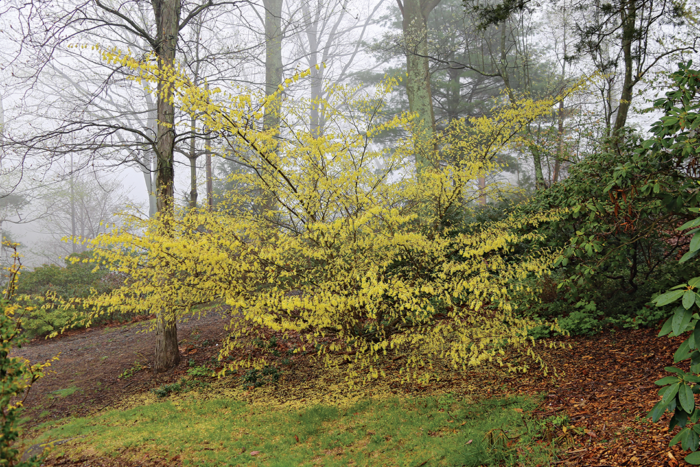
To some gardeners, in order for a plant to reach show-stopper status it has to do everything—continuously—for 12 months of the year. Think spring blooms of a Himalayan magnolia (Magnolia campbellii), summer foliage of ‘Little Honey’ oakleaf hydrangea (Hydrangea quercifolia ‘Little Honey’), fall fruit of a winterberry (Ilex verticillata), and winter bark of a paperbark maple (Acer griseum). And while we’d all likely drop a month’s paycheck on such a plant if it existed, I look for show-stoppers that keep their powder dry, waiting for the perfect slot in the garden calendar to strut their stuff. Here are some of my criteria. (See what shrubs we thought were show-stoppers.)
1. It leaves a lasting impression.
If it grabs someone’s attention from across the garden—like the spiked winter hazel (Corylopsis spicata, Zones 5–8) pictured above—and the next time that person visits they are searching for that “wonderful plant,” it has earned the right to be called a show-stopper.

2. It has one truly eye-catching trait.
Foliage as fine as frog hair, blooms that envelop the entire plant for weeks, or branching character that makes it impossible to look anywhere else are all winning traits. The excellent texture of Pancake™ arborvitae (Thuja occidentalis ‘Concesarini’, Zones 3–7, pictured) makes it a show-stopper contender.
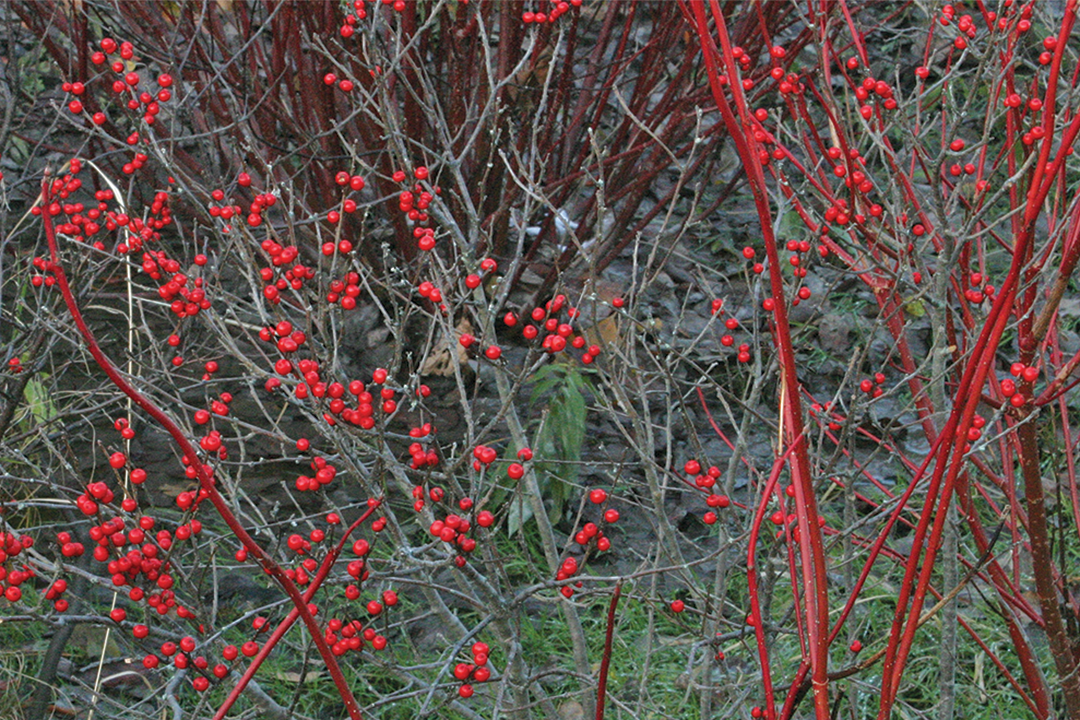
3. It has at least one season of serious interest.
Something like winterberry (Ilex verticillata, Zones 3–9, pictured) that blooms or sets fruit in the dead of winter when everything else is dormant? Bingo.
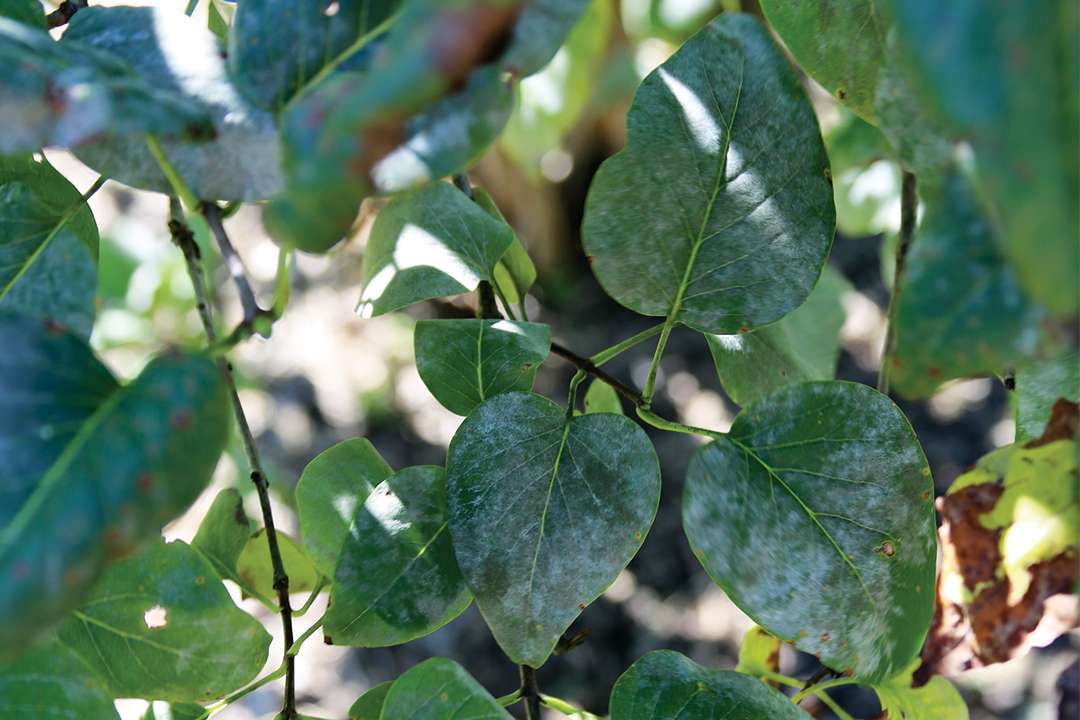
4. It’s fairly low-maintenance.
A shrub can have the most elegant, gorgeous blooms on the planet, but if, like common lilac (Syringa vulgaris, Zones 3–7, pictured), it’s covered in powdery mildew six months of the year, it’s not worthy of a showy title.
Paul Cappiello is executive director of Yew Dell Botanical Gardens in Crestwood, Kentucky.
Fine Gardening Recommended Products

DeWalt Variable-Speed Cordless Reciprocating Saw
Fine Gardening receives a commission for items purchased through links on this site, including Amazon Associates and other affiliate advertising programs.
- 18.31 x 6.13 x 4 inches
- 1-1/8-inch stroke length
- Variable speed trigger with 0-3000 spm

Black and Decker 22-inch Cordless Hedge Trimmer
Fine Gardening receives a commission for items purchased through links on this site, including Amazon Associates and other affiliate advertising programs.
- 38 x 7 x 7 inches
- 6.9 pounds
- 1 Lithium Ion battery required (included)

ARS Telescoping Long Reach Pruner
Fine Gardening receives a commission for items purchased through links on this site, including Amazon Associates and other affiliate advertising programs.




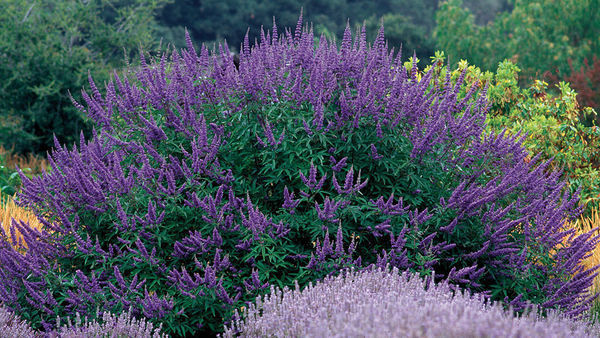
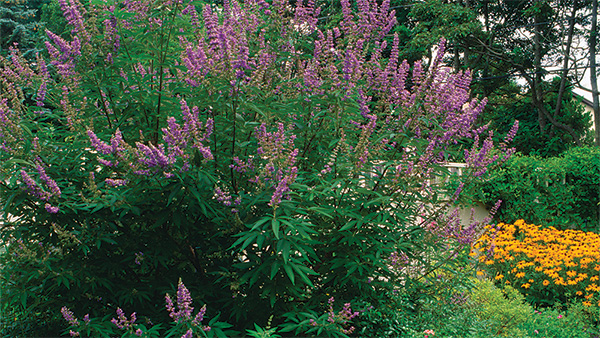













Comments
If a shrub produces flowers and thus berries or seeds it will likely feed a bird yet that fact is not presented. Also, native Trees and shrubs will attract insects that lay eggs producing larva that birds feed their babies. So, yes, some shrubs will be “bothered” by insects is we want birds to survive.
Log in or create an account to post a comment.
Sign up Log in